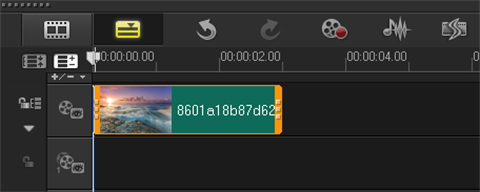I have a data.frame like below
soc_sec group_count total_creds group_start group_end
(chr) (int) (dbl) (date) (date)
1 AA2105480 5 14.0 2005-01-09 2005-05-16
2 AA2105480 7 17.0 2004-08-26 2004-12-10
3 AB4378973 1 0.0 2004-01-21 2004-05-07
4 AB4990257 2 1.0 2014-09-01 2014-12-14
5 AB7777777 5 12.0 2004-01-21 2005-03-22
6 AB7777777 6 15.0 2004-08-26 2004-12-10
7 AB7777777 5 15.0 2005-01-09 2005-05-12
8 AC4285291 2 3.0 2014-09-01 2014-12-14
9 AC4285291 1 3.0 2015-01-12 2015-04-15
10 AC6039874 9 17.5 2010-01-06 2010-05-06
11 AC6039874 7 16.0 2011-01-05 2011-04-29
12 AC6039874 8 12.5 2010-08-31 2010-12-21
13 AC6039874 7 13.5 2011-08-31 2011-12-21
14 AC6547645 7 18.0 2005-01-09 2005-05-12
15 AC6547645 6 17.0 2004-08-26 2004-12-10
16 AC6547645 1 2.0 2005-04-20 2005-06-01
17 AD1418577 7 13.0 2013-01-09 2013-05-17
18 AD1418577 8 16.0 2013-08-28 2013-12-13
19 AD1418577 6 15.0 2014-01-08 2014-05-05
20 AD1418577 7 13.0 2015-08-26 2015-12-15
What I'm trying to do is create a column that I can later use as a day-by-day index for an xts object based on the sequence of days between group_start and group_end. I know I'm able to calculate a vector for one column using v <- seq(df$group_start[1], df$group_end[1], by="days") I can even make the requisite repetition of the rows that I could later dplyr::bind_rows(df,v) with:
df$len <- apply(df, 1, function(x){
length(seq(as.Date(x["group_start"]), as.Date(x["group_end"]), by="days"))
})
df <- df[rep(seq_len(nrow(df)), df$len),]
What I have been unable to do is vectorize this to occur for each row in the data.frame.
Things I've tried that do not work
create_date_vector <- function(x){
flog.debug("id: %s", x["soc_sec"])
seq(as.Date(x["group_start"]), as.Date(x["group_end"]), by = "days")
}
date_vec <- c()
date_vec <- c(date_vec, apply(df, 1, create_date_vector))
error with : Error in seq.int(0, to0 - from, by) : wrong sign in 'by' argument
date_vec <- c()
for(i in 1:nrow(df)){
date_vec <- c(date_vec, seq(from=as.Date(df$group_start[as.integer(i)]), to=as.Date(df$group_end[as.integer(i)])), by="days")
}
error with : Error in seq.Date(from = as.Date(ags_df$group_start[as.integer(i)]), to = as.Date(ags_df$group_end[as.integer(i)])) :
exactly two of 'to', 'by' and 'length.out' / 'along.with' must be specified
Any help would be greatly appreciated. Thank you.
dput
structure(list(soc_sec = c("AA2105480", "AA2105480", "AB4378973",
"AB4990257", "AB7777777", "AB7777777", "AB7777777", "AC4285291",
"AC4285291", "AC6039874", "AC6039874", "AC6039874", "AC6039874",
"AC6547645", "AC6547645", "AC6547645", "AD1418577", "AD1418577",
"AD1418577", "AD1418577"), group_count = c(5L, 7L, 1L, 2L, 5L,
6L, 5L, 2L, 1L, 9L, 7L, 8L, 7L, 7L, 6L, 1L, 7L, 8L, 6L, 7L),
total_creds = c(14, 17, 0, 1, 12, 15, 15, 3, 3, 17.5, 16,
12.5, 13.5, 18, 17, 2, 13, 16, 15, 13), group_start = structure(c(12792,
12656, 12438, 16314, 12438, 12656, 12792, 16314, 16447, 14615,
14979, 14852, 15217, 12792, 12656, 12893, 15714, 15945, 16078,
16673), class = "Date"), group_end = structure(c(12919, 12762,
12545, 16418, 12864, 12762, 12915, 16418, 16540, 14735, 15093,
14964, 15329, 12915, 12762, 12935, 15842, 16052, 16195, 16784
), class = "Date")), class = c("tbl_df", "data.frame"), row.names = c(NA,
-20L), .Names = c("soc_sec", "group_count", "total_creds", "group_start",
"group_end"))





